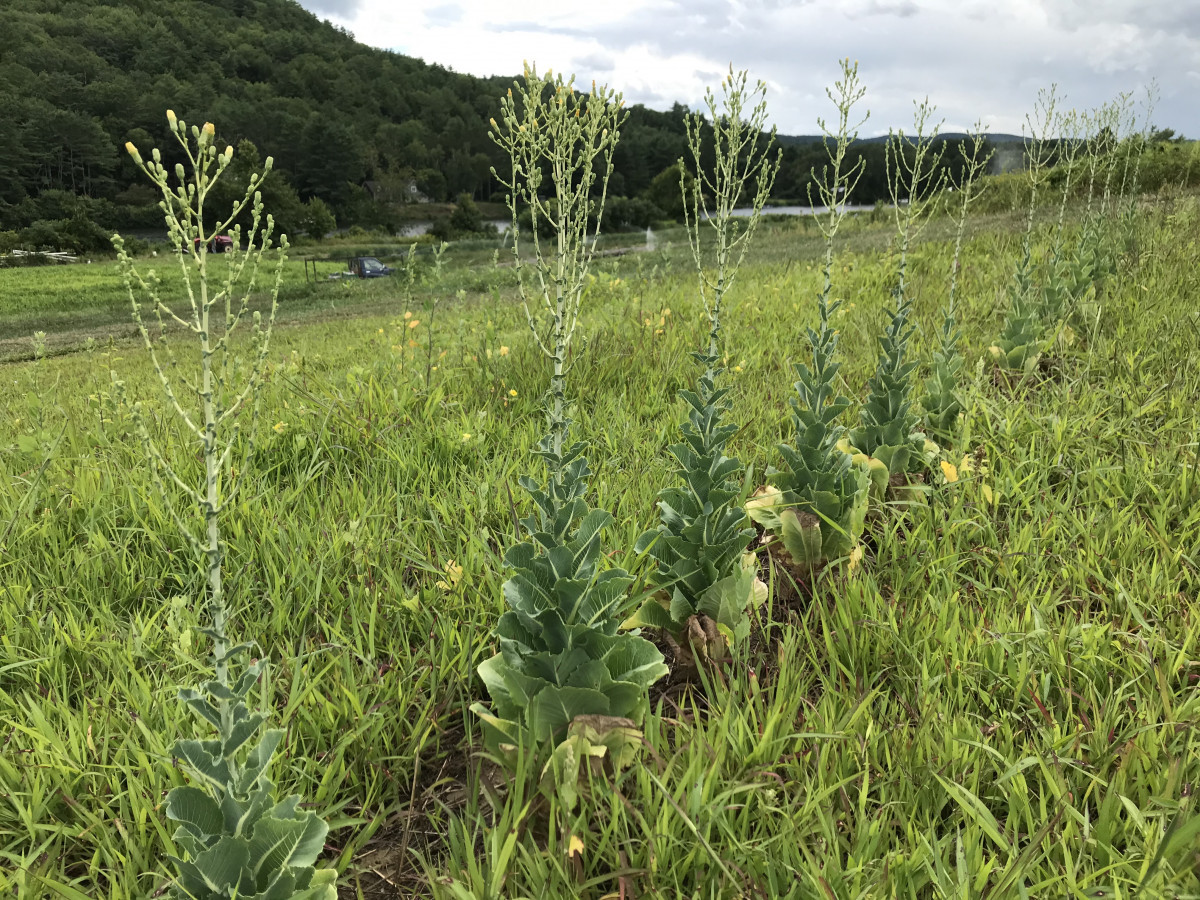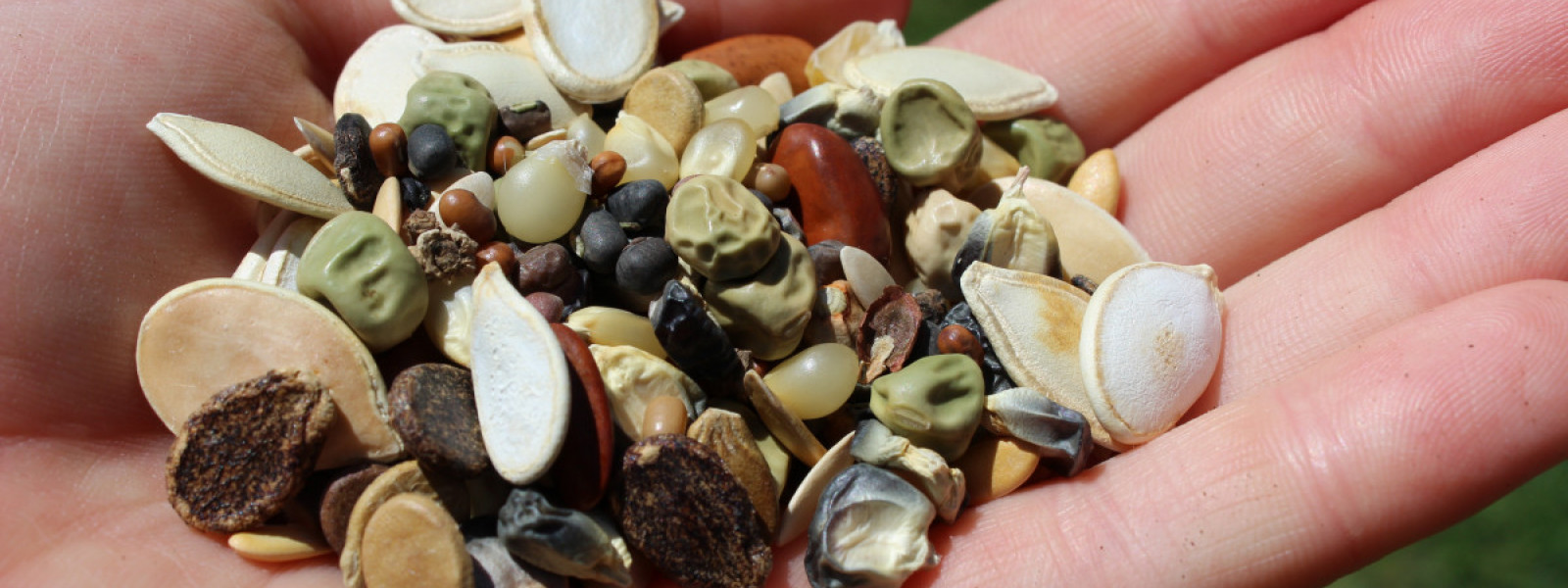Saving the Seeds

The curious little trees above are actually lettuce plants that have ‘bolted’ or gone to seed. As a cool weather loving plant, lettuce will start to grow a stalk and produce flowers if it receives consistent 75 to 80 degree temperatures. If you allow the plant to dry completely after the flowers have bloomed you can collect these seeds and save them for next year. There is only one caveat. The lettuce must have been an open pollinated heirloom variety.
If you read the Monday newsletter we talked about the differences between hybrid and heirloom seeds. Open pollinated seeds are seeds that are produced from the natural cross pollination of two of the same kind of plant. All heirlooms are open-pollinated, meaning there can be slight natural differentiation between plants and successive generations. With open pollinated plants care needs to be taken to ensure that future generations are useful and viable. Keeping plants away from other similar varieties during the growing season is necessary to avoid cross breeding. Open pollinated seeds are used to make hybrids.
Hybrids are created by breeding two different but related varieties to create offspring with desirable traits. If you save seed from a hybrid variety the offspring will be a random mix of both parents so hybrid plants are not good for seed saving.
Saving seed is economical, important, and rewarding. The global seed industry has seen a huge upsurge in corporate consolidation with Monsanto, DuPont and Syngenta controlling half of the global market.
These companies have the ability to patent and ‘own’ seeds. Patent protected seeds cannot be saved, replanted or shared by farmers and cannot be used to breed new crop varieties. Their genes, protected as intellectual property, are exempt from use in research at universities and by plant breeders and small seed companies. Buying seeds from small independent seed companies and then saving those seeds ensures that you are not supporting this harmful practice while preserving genetic biodiversity.







